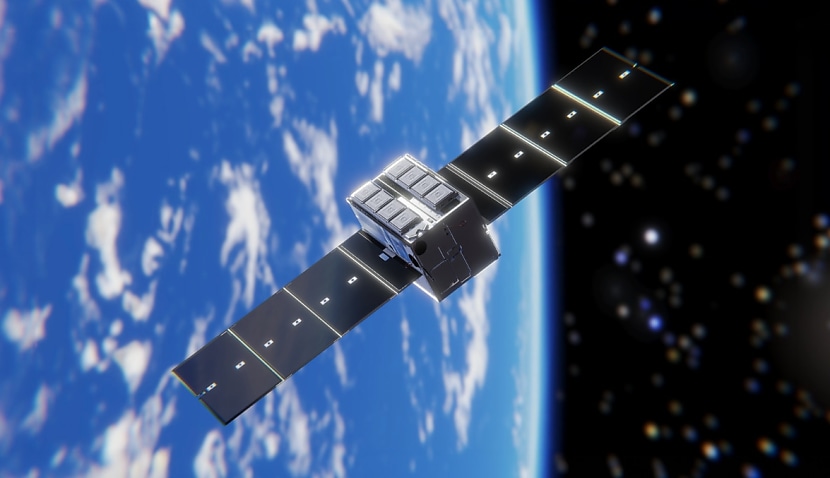
The Australian company said it delivered advanced satellite communications with “reduced cost and added resilience” to support Defence’s “space strategy priorities”.
Fleet’s reprogrammed Centauri 6, which transmitted the data, also significantly operates in a favoured Low Earth Orbit (LEO).
It comes weeks after the federal government axed the $3 billion “JP 9102” project to deliver a new military satellite communications capability for Australia, led by Lockheed Martin Australia (LMA).
Defence Minister Richard Marles argued days later that it was because multiple low-Earth orbit satellites are more secure from attacks than a single geostationary spacecraft, as planned by the defence prime.
On Thursday, Fleet said its demonstration was enabled by “advanced microsatellite architectures” that are a “critical innovation breakthrough necessary for the development of sovereign multi-orbit space systems with resilient narrowband SATCOM capabilities”.
“In March, Fleet Space successfully demonstrated push-to-talk capabilities by reprogramming its Centauri-4 satellite while in orbit – making it the world’s smallest voice-enabled satellite,” said the company.
“Building on this achievement, Fleet Space’s Centauri-6 satellite – launched in April on SpaceX’s Bandwagon-1 mission – was reconfigured to perform full duplex SATCOMs with a re-engineered waveform developed by Safety from Space and SmartSAT CRC, with support from the University of South Australia (UniSA) and the Defence Science and Technology Group (DSTG).”
At this month’s MilCIS industry event in Canberra, Air Commodore Peter Thompson – one of the most senior figures involved in Defence space capability – argued JP 9102 was changed because the threat from adversaries had altered.
“JP 9102 is not dead … that money is still there,” he said. “We’re just working out the best way to use it in the current environment.”
He added he understood the “shock” of the announcement but insisted it was the “right decision for us”.
“Defence isn’t going to waste money on something that is no longer the best use of our money that we’ve got.”
JP 9102 was only signed off just 18 months ago, with prime contractor Lockheed Martin beating big hitters, including Boeing, Northrop Grumman Australia, and Optus, to become the “preferred tenderer”.
However, it’s unknown whether Lockheed formally had the final contract signed after it entered the last stages of negotiation.
If approved, JP 9102 would have created more than 200 direct jobs, while Lockheed Martin itself pressed ahead with making key appointments for its staff to oversee it.
Speaking to the ABC after Defence released a 187-word statement confirming the changes to JP 9102, Marles said that since the tender was announced eight years ago, industry has created technology that can “literally shoot satellites out of the sky”.
“But we’ve also seen technologies develop where you have thousands of microsatellites in a much more distributed way providing the same effect,” he said.
Marles added that Australia needs to deliver communications capability that is more “distributed” and “resilient”.
“We believe we can do that in this way faster and more cost-effective. So, this is frankly moving with the times and making sure that we have the capability that we need which meets the threats and the opportunities that we have in the future.”

Adam Thorn
Adam is a journalist who has worked for more than 40 prestigious media brands in the UK and Australia. Since 2005, his varied career has included stints as a reporter, copy editor, feature writer and editor for publications as diverse as Fleet Street newspaper The Sunday Times, fashion bible Jones, media and marketing website Mumbrella as well as lifestyle magazines such as GQ, Woman’s Weekly, Men’s Health and Loaded. He joined Momentum Media in early 2020 and currently writes for Australian Aviation and World of Aviation.
Receive the latest developments and updates on Australia’s space industry direct to your inbox. Subscribe today to Space Connect here.









